Huawei Pura 80 Ultra review: Pure camera joy!

If you thought that smartphone innovation was dead, think again. Enter the Huawei Pura 80 Ultra. Despite all the woes the company has been facing ever since the US ban, Huawei remains one of the largest phone manufacturers in the world, and the Pura 80 Ultra is the latest brainchild of the Chinese engineering mind. And it's a real prodigy, too.
Dubbed the first phone with a switchable telephoto camera, the Huawei Pura 80 Ultra is indeed a very interesting beast. It still carries scars from the aforementioned US ban but tries to innovate where it counts.
Nowadays, we're hearing the term "camera phone" more and more often, and the Pura 80 Ultra is set out to try and take this crown, challenging the likes of the Galaxy S25 Ultra and the Xiaomi 15 Ultra.
The Pura 80 Ultra costs around 1,200 euros, and you can't get it in the States. Furthermore, there are no Google Services and apps preinstalled on the phone, so not much has changed in that regard. With this out of the way, let's dive into the review.
Nowadays, we're hearing the term "camera phone" more and more often, and the Pura 80 Ultra is set out to try and take this crown, challenging the likes of the Galaxy S25 Ultra and the Xiaomi 15 Ultra.
Our composite review score aims to encapsulate the most important areas of the smartphone experience, and the values in each category have their own weight and subcategories as well. In this case the Pura 80 Ultra scored quite high in camera, battery and charging, while at the same time the old hardware and the lack of software support dragged the final score down.
Also read:
Huawei Pura 80 Ultra Specs
Two periscopes on one sensor?
Let's start with an overview of the Huawei Pura 80 Ultra specs:
| Huawei Pura 80 Ultra | Samsung Galaxy S25 Ultra |
|---|---|
| Size and Weight 163 x 76.1 x 8.3 mm 233 grams | Size and Weight 162.8 x 77.6 x 8.2 mm 218 grams |
| Display 6.8 inches, LTPO OLED 120Hz, 3000 nits (peak) 1276 x 2848 pixels (~459 ppi density) | Display 6.9 inches, Dynamic LTPO AMOLED 2X, 120Hz, 2600 nits (peak) 1440 x 3120 pixels (~498 ppi density) |
| Processor Kirin 9020 (7 nm) | Processor Snapdragon 8 Elite (3 nm) |
| Software EMUI (International) HarmonyOS 5.1 (China) | Software Android 15, up to 7 major Android upgrades, One UI 7 |
| Cameras 50 MP, f/1.6-4.0, 23mm (wide), 1.0"-type, dual pixel PDAF, OIS 50 MP, f/2.4, 83mm (periscope telephoto), 1/1.28", 3.7x optical zoom 12.5 MP, f/3.6, 212mm (periscope telephoto), 9.4x optical zoom 40 MP, f/2.2, 13mm (ultrawide), AF | Cameras 200 MP, f/1.7, 24mm (wide), 1/1.3", PDAF, OIS 10 MP, f/2.4, 67mm (telephoto), 1/3.52", 3x optical zoom 50 MP, f/3.4, 111mm (periscope telephoto), 1/2.52", 5x optical zoom 50 MP, f/1.9, 120˚ (ultrawide), 1/2.5" |
| Battery Size Li-Po 5170 mAh - International Li-Po 5700 mAh - China | Battery Size Li-Ion 5000 mAh |
| Charging Speeds 100W wired 80W wireless 20W reverse wireless 18W reverse wired | Charging Speeds 45W wired, PD3.0, 65% in 30 min 15W wireless (Qi2 Ready) 4.5W reverse wireless |
| Prices ~€1,220.00 | Prices $1,299.99 |
The design of the Huawei Pura 80 Ultra follows in the footsteps of the previous model. The triangular shape of the camera housing is very similar to the one on the Pura 70 Ultra, but it has grown substantially, both in size and in thickness.
Speaking of, the phone is listed as 8.3 mm thick, but if we include the camera bump, it measures around 14-15 mm. The camera rings are also huge (and golden in our color variant), and the look is quite distinct.
Camera system aside, the Pura 80 Ultra feels a bit stuck in the past design-wise. The frame has a slight curvature to it, and the 6.8-inch display is also curved from all sides, a design often referred to as "quad-curved."
Speaking of, the phone is listed as 8.3 mm thick, but if we include the camera bump, it measures around 14-15 mm. The camera rings are also huge (and golden in our color variant), and the look is quite distinct.
Camera system aside, the Pura 80 Ultra feels a bit stuck in the past design-wise. The frame has a slight curvature to it, and the 6.8-inch display is also curved from all sides, a design often referred to as "quad-curved."
Huawei uses its own, in-house-developed tempered glass for protection. It's called Kunlun glass, and the Pura 80 Ultra features the second generation of the material, which is also basalt-tempered.
One interesting feature worth mentioning is the capacitive fingerprint scanner embedded in the power button. This solution is rarely seen on candy bar phones nowadays, and it's normally reserved for foldables.
One interesting feature worth mentioning is the capacitive fingerprint scanner embedded in the power button. This solution is rarely seen on candy bar phones nowadays, and it's normally reserved for foldables.

The Pura 80 Ultra is available in two colors but they look pretty classy | Image by Huawei
The Huawei Pura 80 Ultra comes in Prestige Gold and Golden Black color variants. Both look very classy, with the black one giving off ceramic vibes, while the gold version mimics the color of real gold quite well.
The retail box is reasonably lavish, especially by modern standards. You get a big 100W charging brick with two sockets—USB-A and USB-C. There's a USB-C to USB-C cable included in the package, and there's also a fancy back cover with a nice lip around the camera and a stylish pattern. All packed inside a big square box with a paper sleeve on top. Good job!
Moving to the quad-curved 6.8-inch OLED display, we find that the curvature is not that aggressive, but the bezel around the screen is rather thick, negating the design effect of the curved edges.
The resolution is 1276 x 2848 pixels, which translates into 459 PPI pixel density. Subjectively speaking, the display looks quite nice and bright under direct sunlight and also crisp and sharp. The panel is an LTPO one, meaning it can dynamically change the refresh rate up to 120 Hz. You can also lock the refresh rate to 60 Hz or 120 Hz if you prefer to do so. Time for some tests!
The Pura 80 Ultra managed to output around 1000 nits at both 20% APL and 100% APL, which suggests that there's a limiter in play. Even though this result might be considered average by modern standards, the phone remained perfectly visible under the scorching July sun during our field tests.
Other metrics such as minimum brightness, color temperature, and color accuracy are on par with other flagship phones, so even though the Pura 80 Ultra doesn't break any display records, it gets the job done.
In terms of biometrics, the phone relies on a physical capacitive fingerprint scanner embedded in the power button. It works as advertised, but the small footprint of the button itself poses a problem and can result in failed readings.
In terms of biometrics, the phone relies on a physical capacitive fingerprint scanner embedded in the power button. It works as advertised, but the small footprint of the button itself poses a problem and can result in failed readings.
Arguably the best feature of the Pura 80 Ultra is its camera system. The huge bump on the back houses four cameras in a unique arrangement. There's a 50MP 1-inch Ultra Lighting HDR camera with a focal length equivalent of 23 mm and a variable aperture (f/1.6-f/4.0). The ultrawide snapper relies on a 40 MP sensor under a lens with an f/2.2 aperture and a 13 mm focal length.
But the most interesting part of the camera system is the telephoto pair. Huawei has managed to cram in two separate periscope zoom lenses over one sensor (which is also quite big at 1/1.28"). One of the lenses offers 83 mm focal length and a 3.7x optical zoom power, while the other gives you 212 mm and 10x zoom. There's a motor that physically moves the prism under these lenses to change which one captures the light and focuses it on the sensor.
Photos taken with the Huawei 80 Ultra look quite impressive. The main 1-inch sensor does a great job at capturing details and also offering a wide dynamic range. The color palette is also pleasant and close to what our eyes saw during the photoshoot.
The real star of this show, though, is the elaborate dual-periscope telephoto camera. The system uses one sensor and two sets of lenses over it with a motorized prism that changes which one is in use. The smaller one offers 3.7x zoom, and photos look quite good at that magnification—very detailed and sharp.
You also have the ability to shoot super macro photos, and even though this feature is a bit niche, you can get some nice shots if you like the world of the tiny. Overall, the camera system of the Huawei Pura 80 Ultra is absolutely up there with other camera phones, and the two telephoto cameras offer added flexibility along with great quality.
Video Quality

The Huawei Pura 80 Ultra can record videos with up to 4K at 60 frames per second. There's no 8K mode, and it's probably a limitation of the Kirin chipset. Videos shot in 4K are quite good, though; you can switch between all the cameras while recording and pause, and the image stabilization is also decent.
The hardware department is where the US ban has done the most damage. The Huawei Pura 80 Ultra features a locally-made Kirin 9020 chipset manufactured on a 7 nm node. This silicon packs 8 CPU cores—1x 2.5 GHz Taishan Big + 3x 2.15 GHz Taishan Mid + 4x 1.53 GHz Cortex-A510—and uses the HiSilicon Maleoon 920 GPU to tackle graphics tasks.
In fact, it's the same chip used in the Huawei Mate X6 foldable, so we should expect very similar results when it comes to synthetic benchmarks. In terms of RAM, the Pura 80 Ultra comes in two storage configurations both featuring 16GB of RAM. You can get 512GB of onboard storage or 1TB. On to the benchmarks.
It's clear to see that this 7nm CPU is no match for modern, non-US-vetoed silicon. The single-core performance is lagging behind the flagship Qualcomm benchmark, but it's interesting to see that the multi-core score is very close to the Tensor G4 inside the Pixel 9 Pro XL.
GPU Performance
The graphics performance is even worse, lurking in the sub-2000 range in 3DMark Wildlife Extreme. And there's some severe thermal throttling going on as well, as the sustained score is even lower at 644 points.
All that being said, in normal day-to-day use the Pura 80 Ultra doesn't feel outdated and gets the job done. There's no noticeable lag or hiccups during normal tasks; the camera opens quickly, and the UI is quite responsive too. Speaking of the UI...
All that being said, in normal day-to-day use the Pura 80 Ultra doesn't feel outdated and gets the job done. There's no noticeable lag or hiccups during normal tasks; the camera opens quickly, and the UI is quite responsive too. Speaking of the UI...
Huawei Pura 80 Ultra Software
The Huawei Pura 80 Ultra runs on EMUI 15 based on Android 12 with a HarmonyOS overlay on top. This setup doesn't sound too modern, and as a matter of fact, in China Huawei phones run pure HarmonyOS, which is much more capable.
The interface feels a bit dated, to be honest; there are no visual candies or clever Android 16 stuff on board. What's even more lackluster is the AI situation. The tools at hand are very basic; there's no circle to search, fancy AI real-time voice translation, image to video, or even a third-party LLM such as Gemini.
The worst part of the software deal is the support cycle. The EMUI interface is quite old already and a dead end, considering the fact that Huawei pushes HarmonyOS in China. It's also based on a quite old Android 12 version, with very limited updates coming (Huawei is silent about the actual update cycle, but according to our research, it's two major updates at best).
In a smartphone world where software is one of the major development pillars and an area of AI innovation, the Pura 80 Ultra suffers quite a blow.
Huawei Pura 80 Ultra Battery
Decent battery life
The global version of the Huawei Pura 80 Ultra comes equipped with a 5,170 mAh lithium-polymer battery, while the Chinese model has a 5,700 mAh cell inside (possibly silicon-carbon). This huge 500+ mAh difference is probably due to regulations, but even the 5,170 mAh global version looks pretty solid, capacity-wise.
The overall score of 7 hours and 50 minutes in our composite battery benchmark puts the Huawei Pura 80 Ultra in the ballpark with the big guys. The result is just 10 minutes shy of what the Galaxy S25 Ultra managed in the same test, and both the browsing and video streaming scores are quite solid at around 15 hours.
The overall score of 7 hours and 50 minutes in our composite battery benchmark puts the Huawei Pura 80 Ultra in the ballpark with the big guys. The result is just 10 minutes shy of what the Galaxy S25 Ultra managed in the same test, and both the browsing and video streaming scores are quite solid at around 15 hours.
When it comes to charging, phones from the Far East often deliver blazing-fast speeds, and the Huawei Pura 80 Ultra is no exception. The phone supports up to 100W of wired charging power, filling up its battery from zero to full in just 39 minutes. The Pura 80 Ultra also supports 80W wireless charging with a proprietary charger, and 0 to 100% takes under one hour in that scenario.
Huawei Pura 80 Ultra Audio Quality and Haptics
The stereo speaker system inside the Huawei Pura 80 Ultra is quite powerful. You won't have any problems with missed calls or not hearing your music or video in a loud environment.
That said, there's more to be desired from the audio quality. There are some harmonic distortions at max volume in the upper midrange and high-frequency range, and sometimes sibilant sounds can produce a harsh hissing effect.
The haptics are also nothing to write home about, and you can't adjust the strength or timings. There's no 3.5 mm headphone jack on this phone, so you have to rely on an adapter or simply use Bluetooth headphones.
The haptics are also nothing to write home about, and you can't adjust the strength or timings. There's no 3.5 mm headphone jack on this phone, so you have to rely on an adapter or simply use Bluetooth headphones.
Should you buy it?
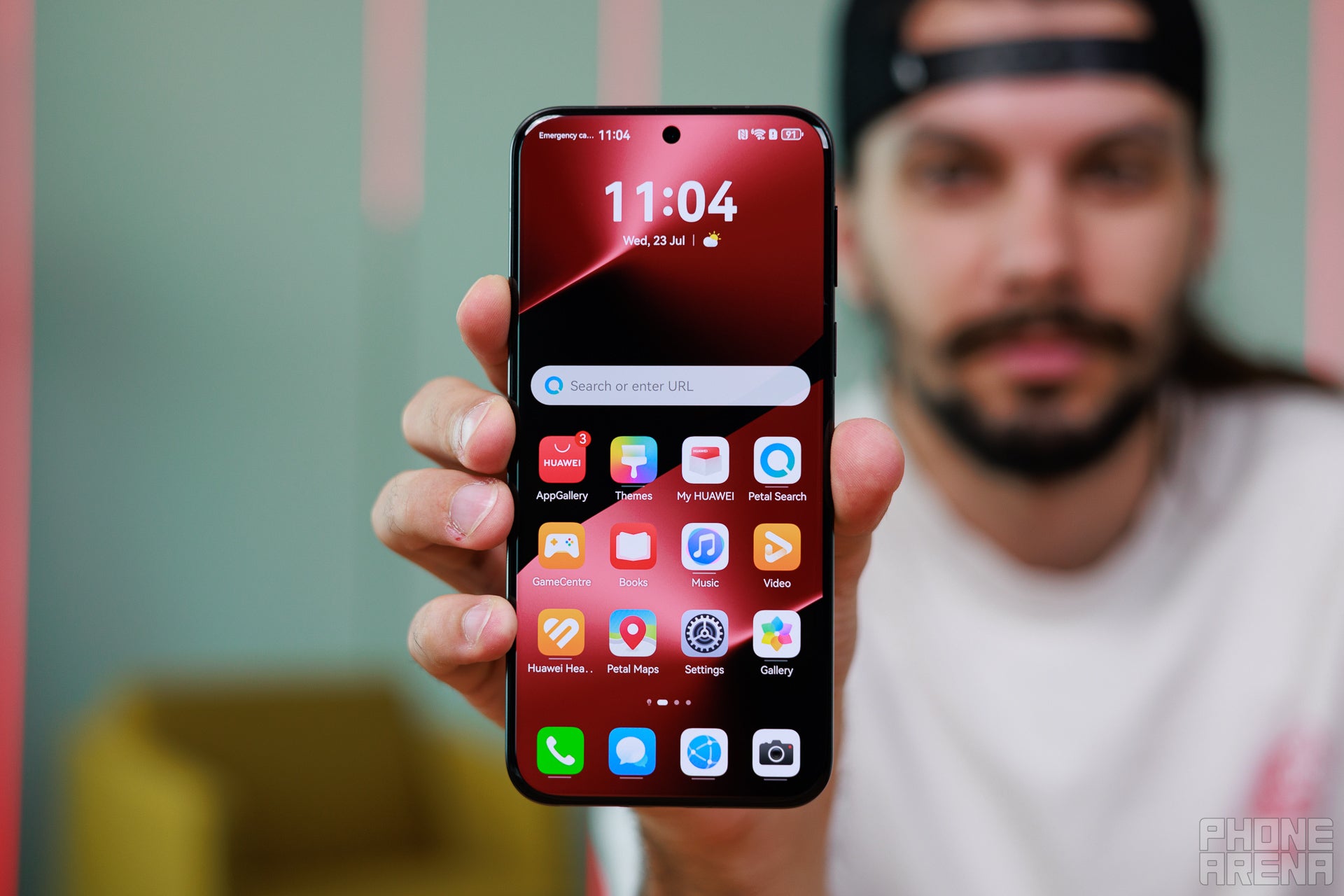
The Huawei Pura 80 Ultra is a tough sell | Image by PhoneArena
That's a very tough question. The Huawei Pura 80 Ultra is no doubt a very powerful camera phone, but it lags behind in almost every other area. The chipset is built on an old node, the screen is not the brightest out there, and the software support is almost nonexistent.
The price is also steep at around 1,200 euros (around $1,400 after direct conversion), and the lack of Google Mobile Services adds salt to the already open wound. For that amount of money most people will probably buy a Galaxy S25 Ultra and be done with it.
Which is a shame, really, because the camera system inside the Huawei Pura 80 Ultra is a true masterpiece, from the big 1-inch sensor under the main camera lens to the innovative dual-periscope telephoto camera.
Let's just hope that the Pura 80 Ultra will raise the bar and push other manufacturers to up their camera game.
The price is also steep at around 1,200 euros (around $1,400 after direct conversion), and the lack of Google Mobile Services adds salt to the already open wound. For that amount of money most people will probably buy a Galaxy S25 Ultra and be done with it.
Let's just hope that the Pura 80 Ultra will raise the bar and push other manufacturers to up their camera game.
Follow us on Google News

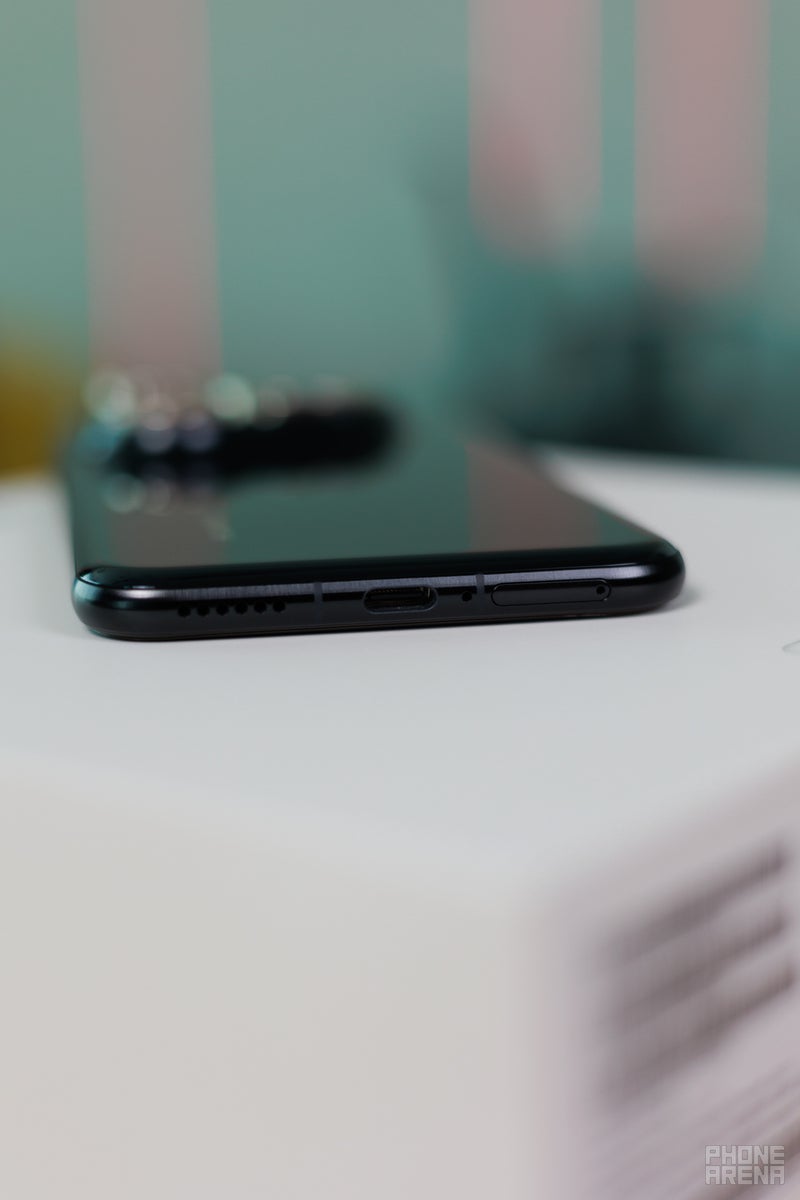
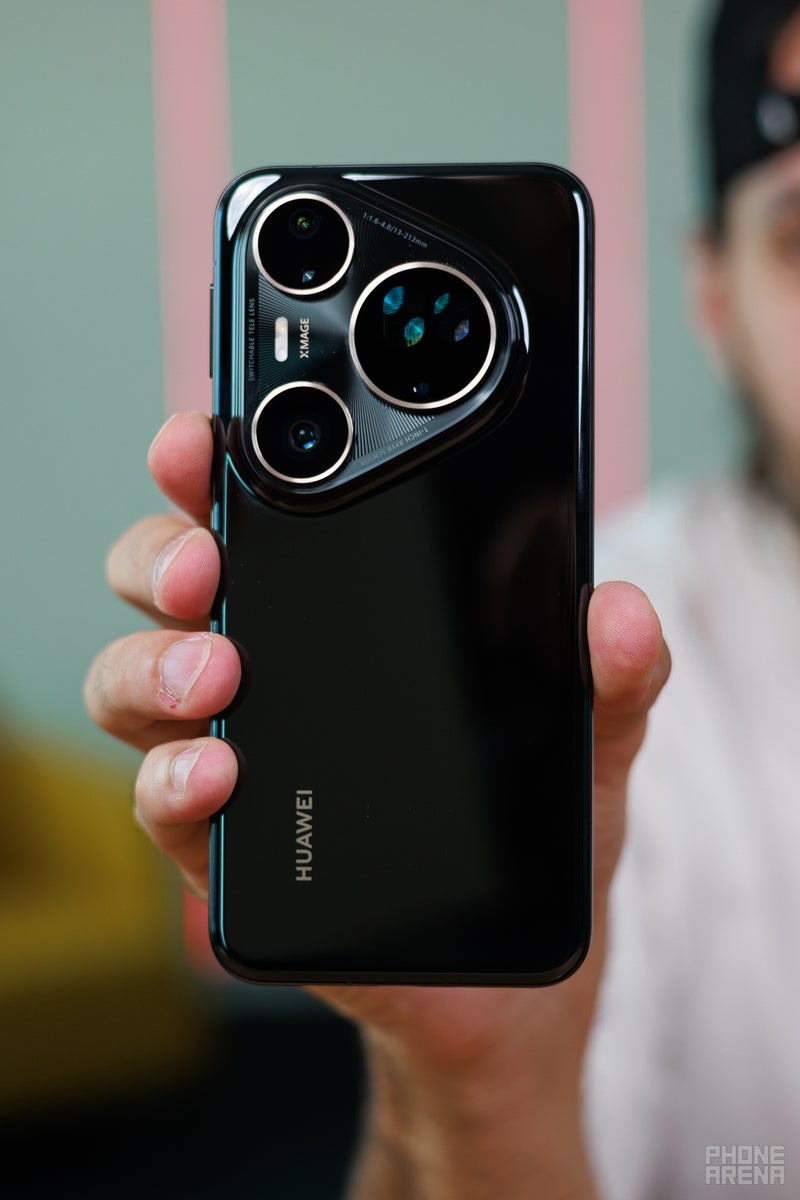
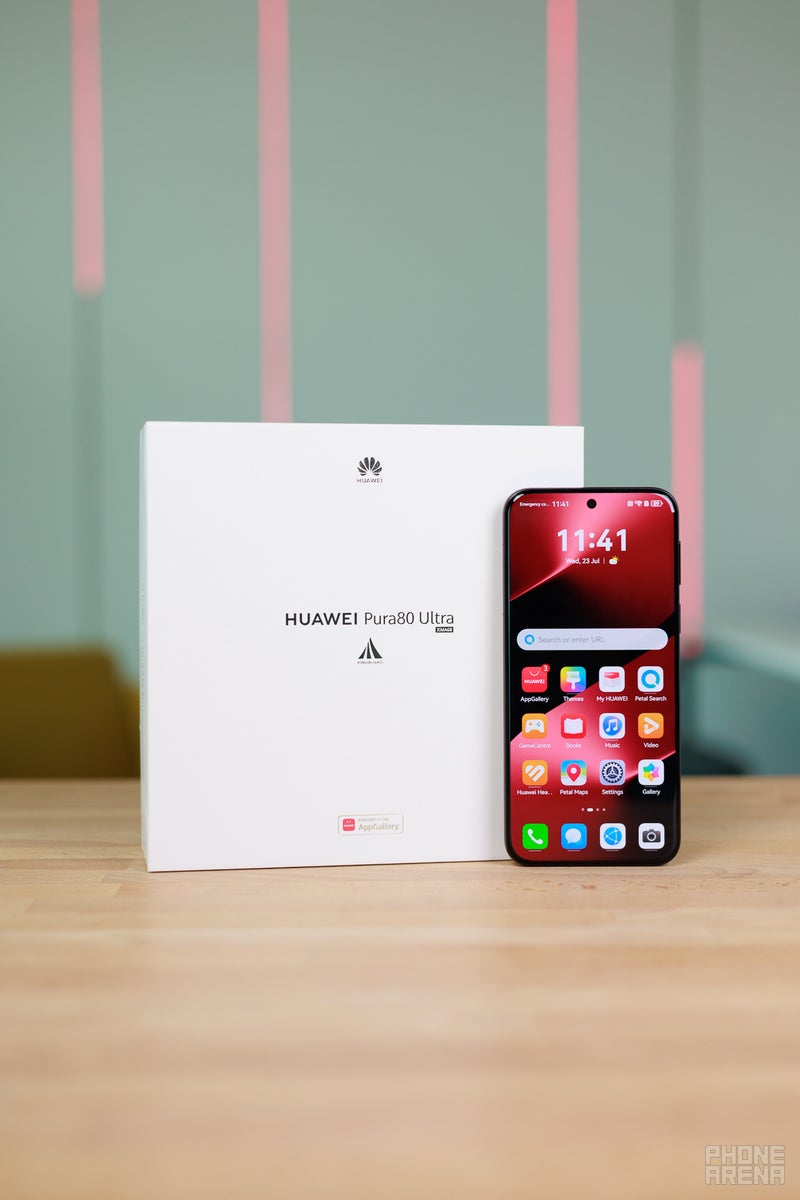
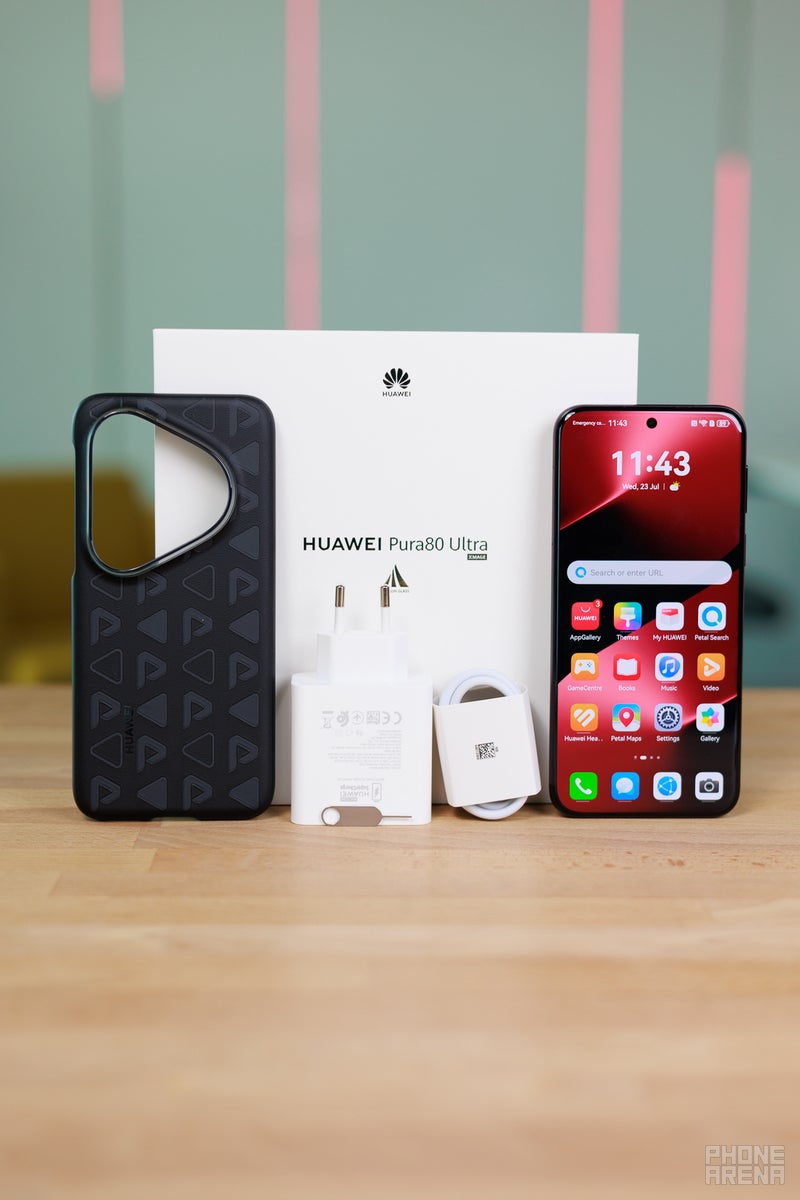
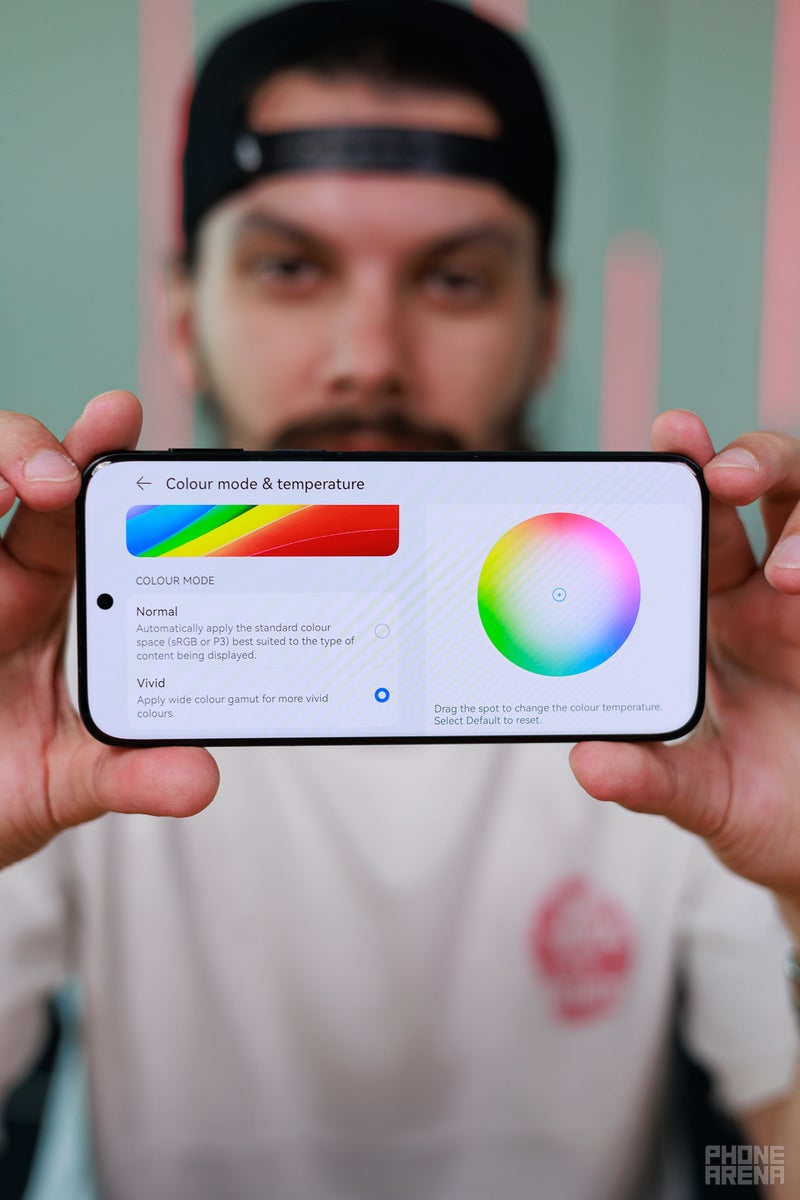

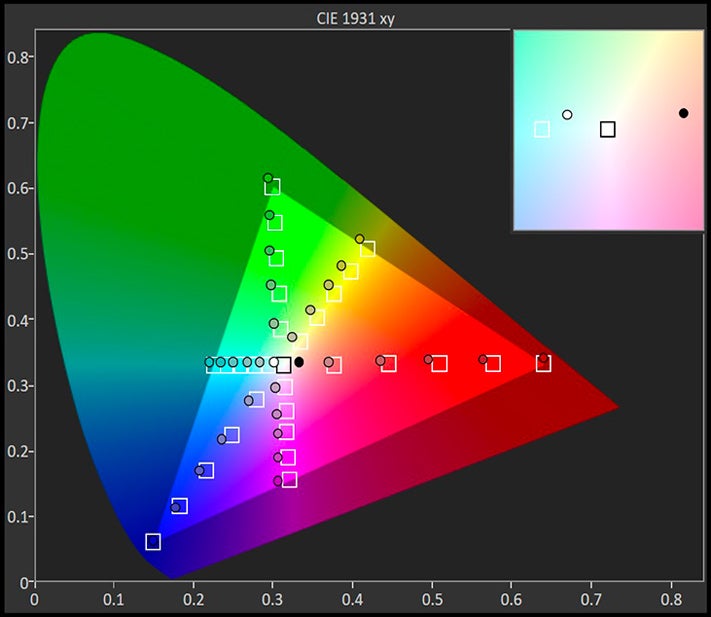











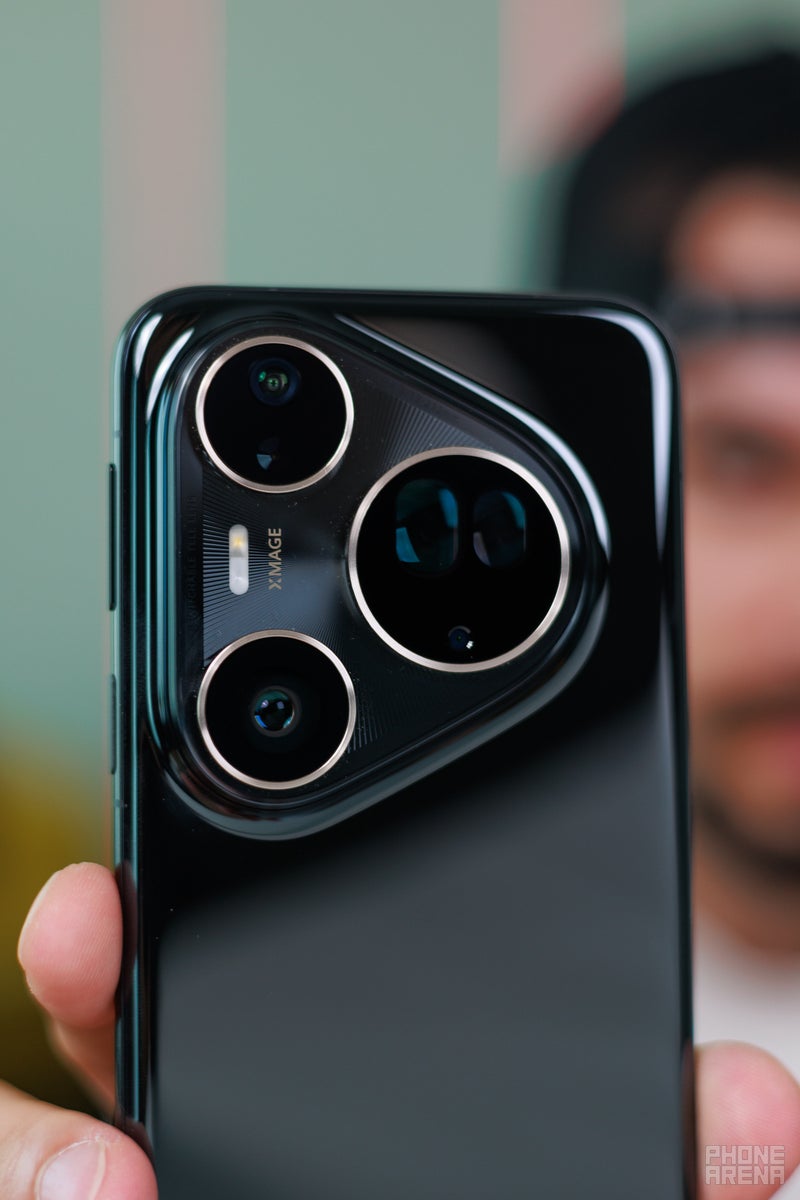
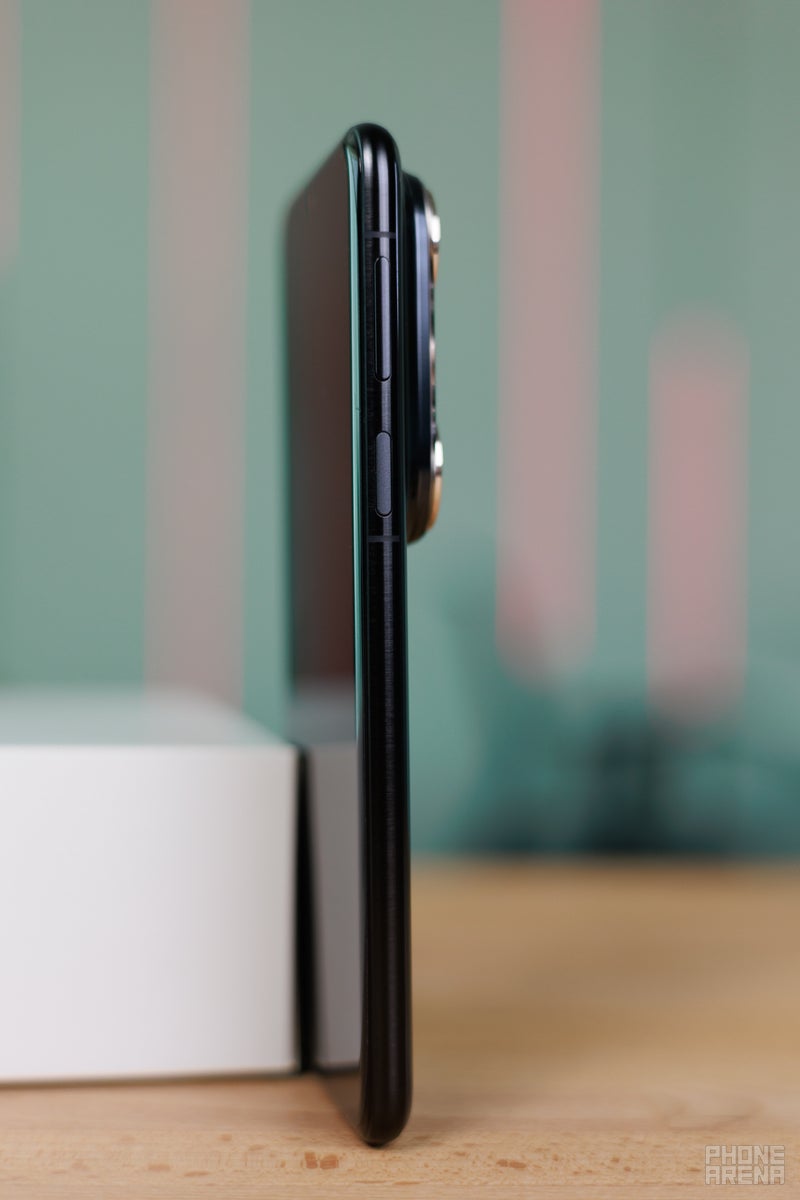
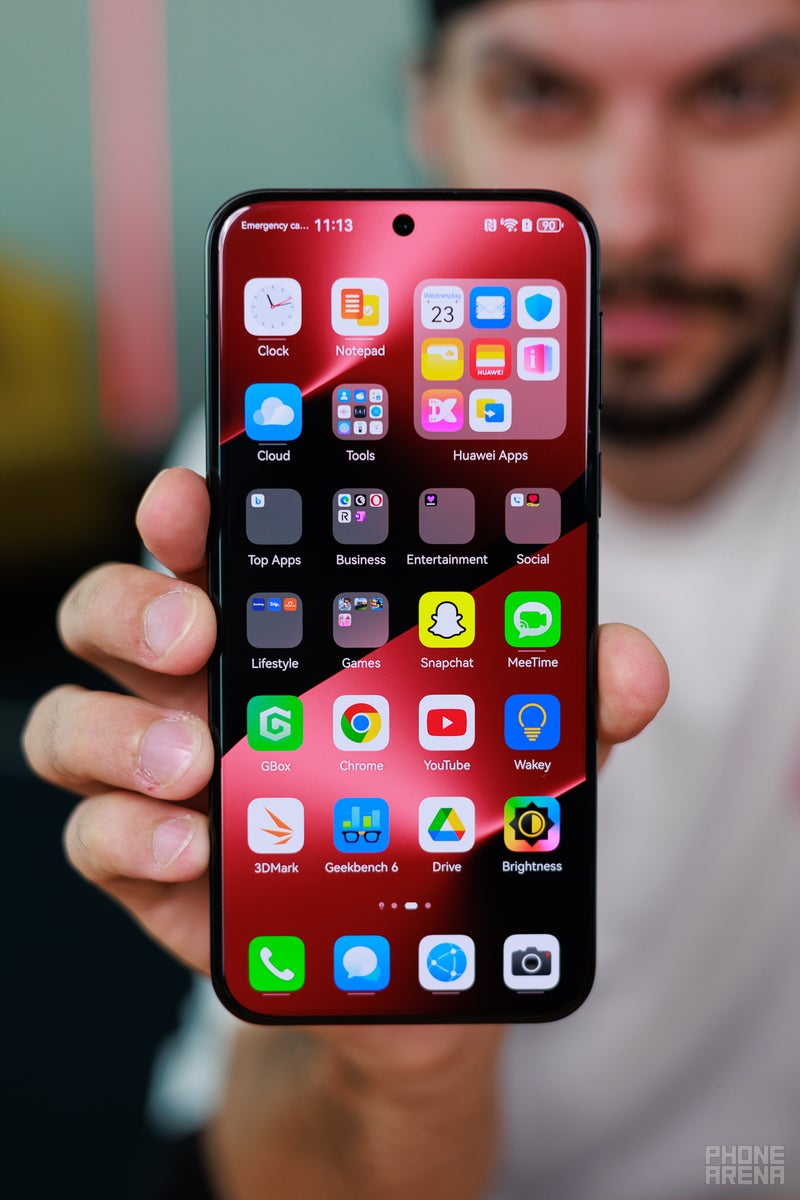
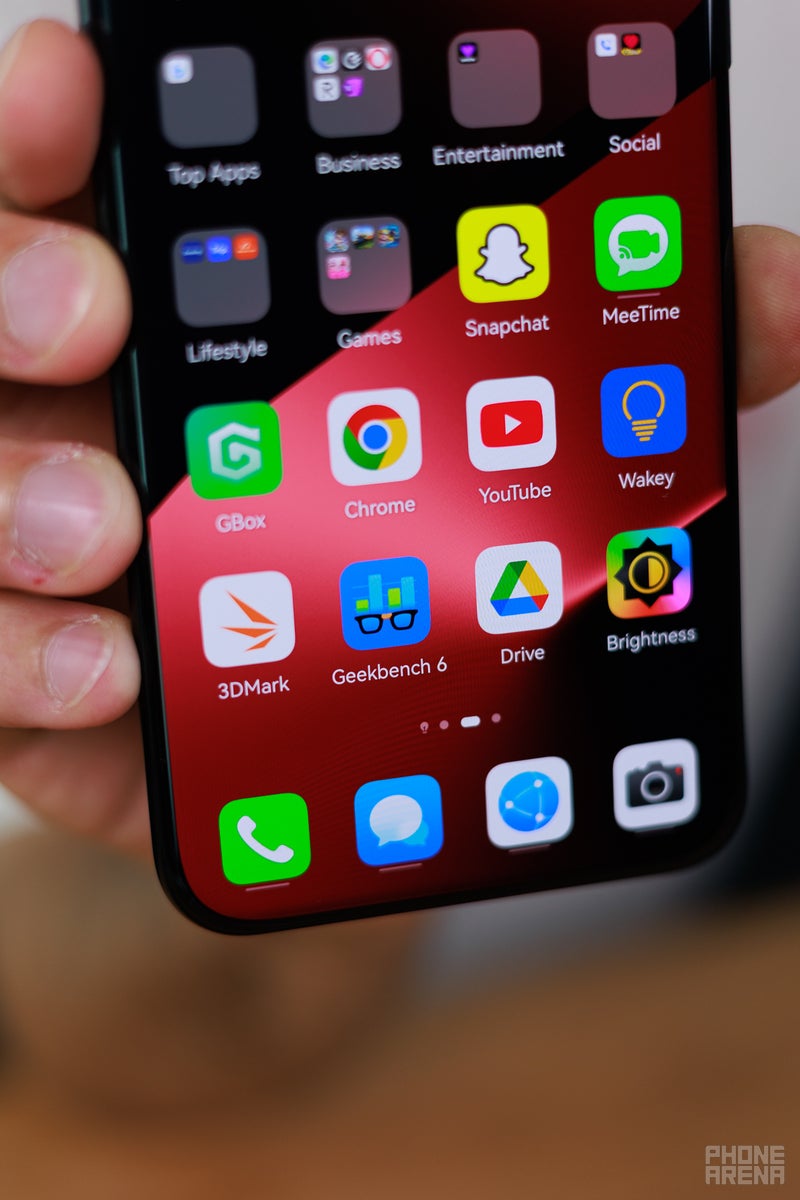
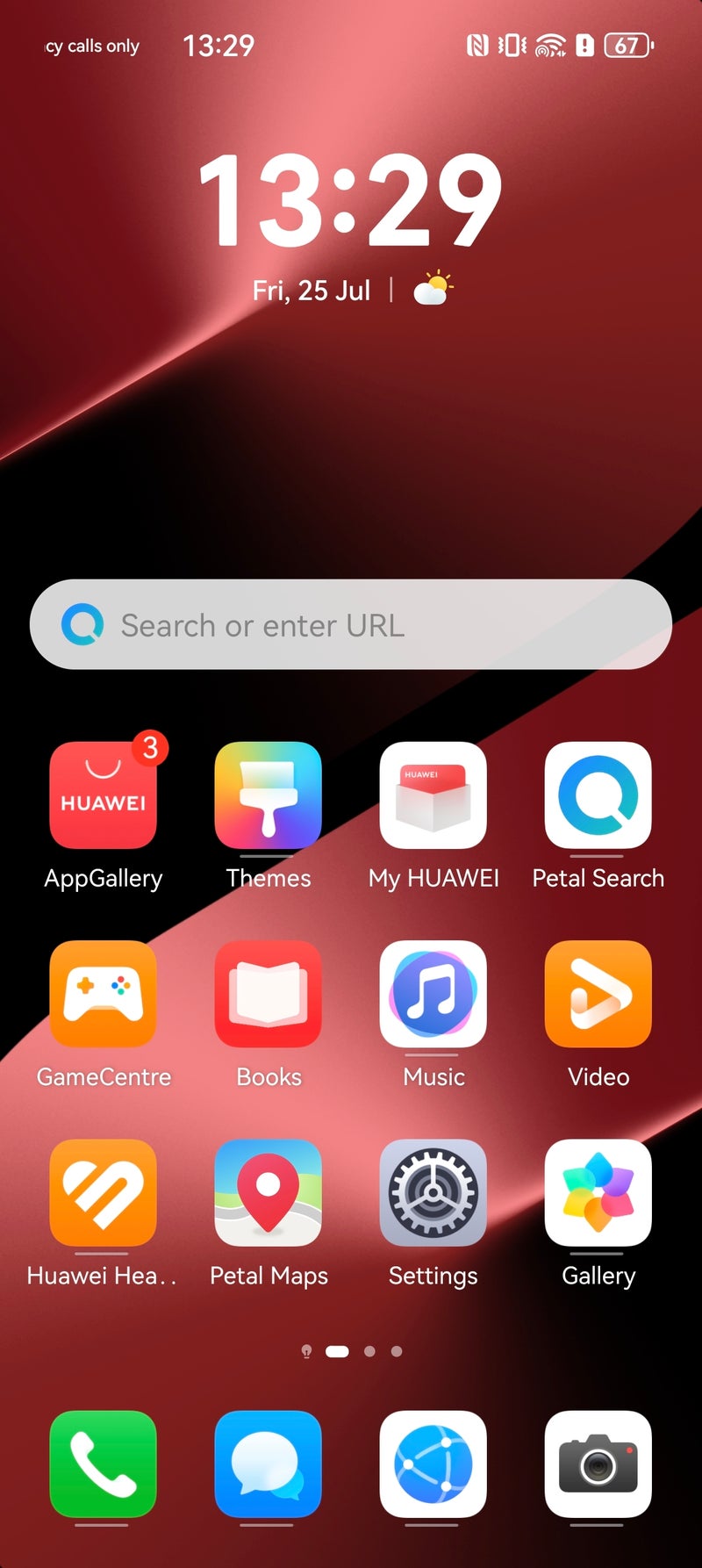
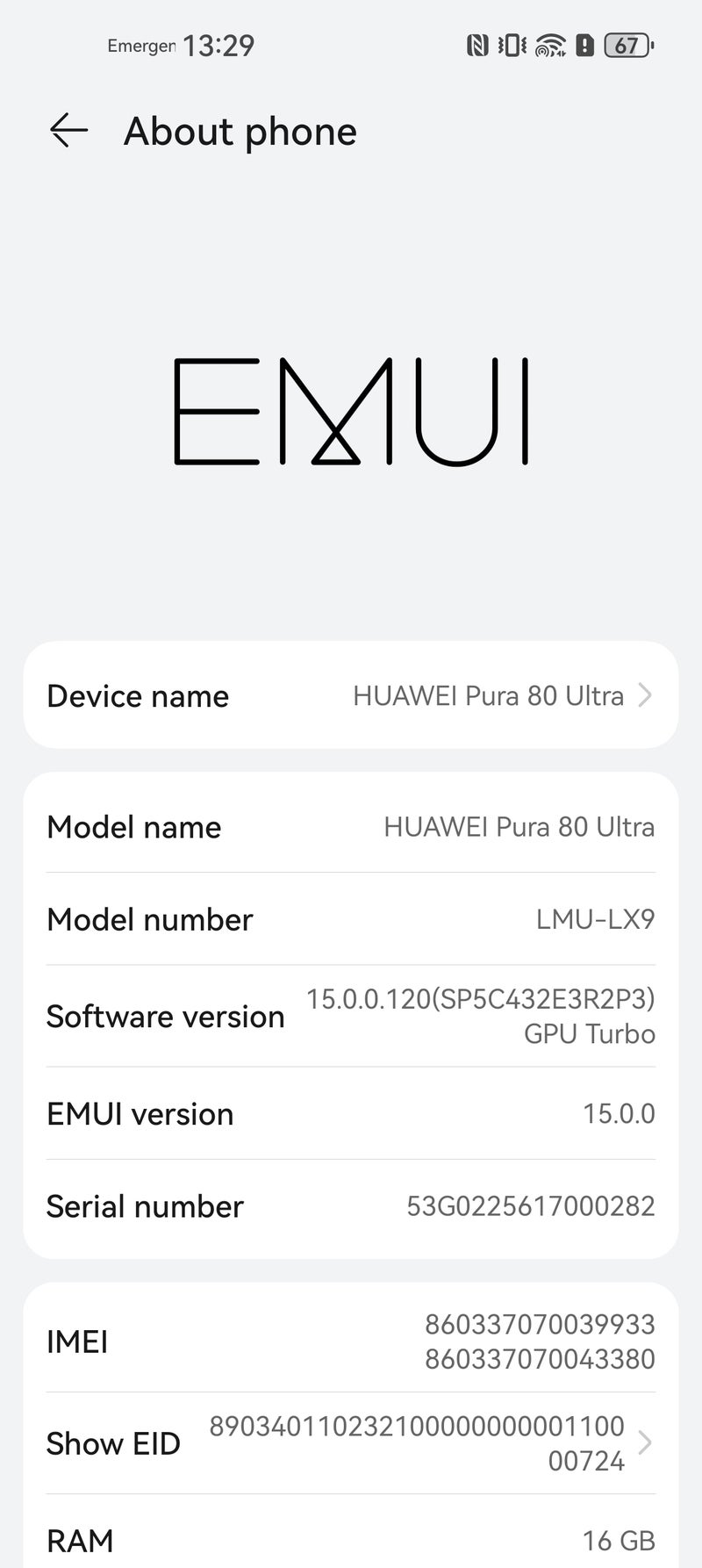
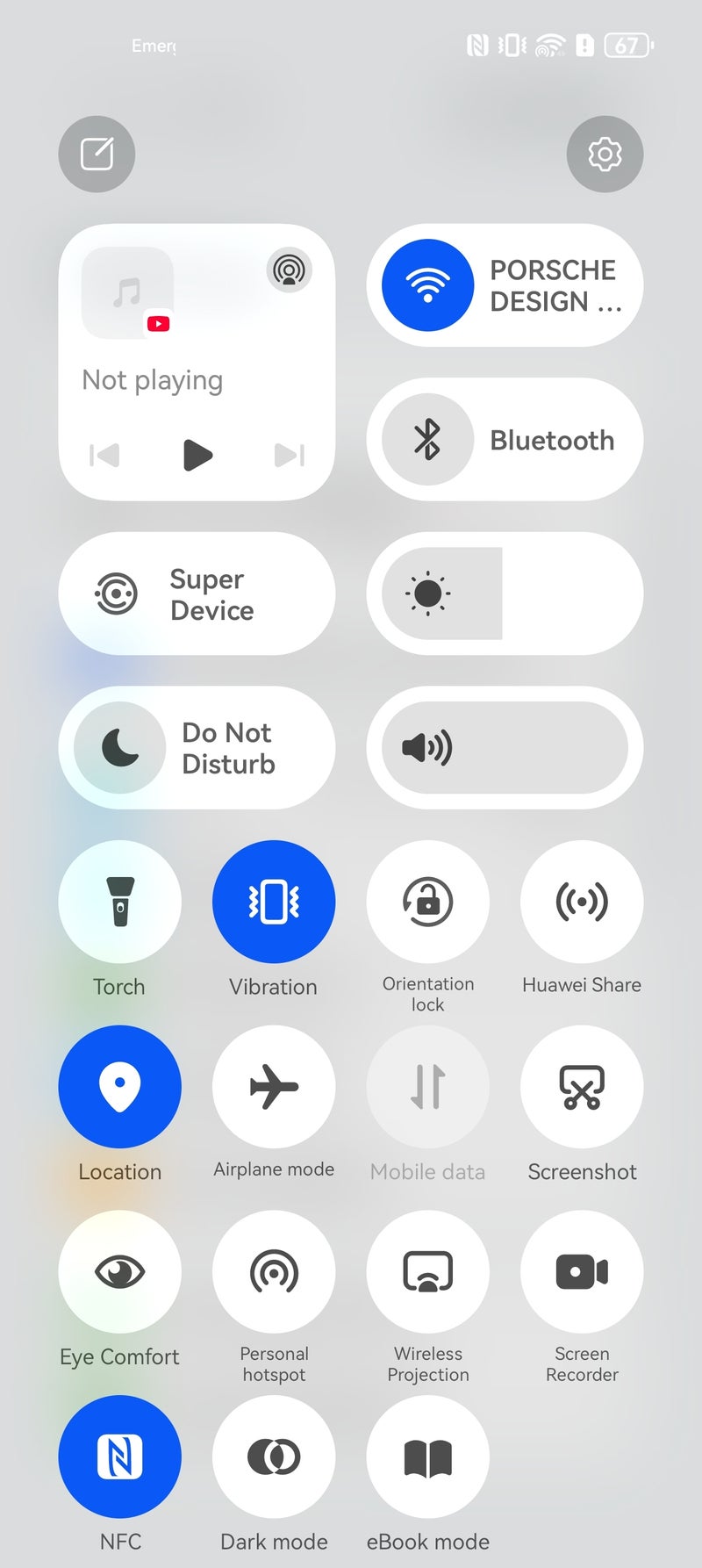
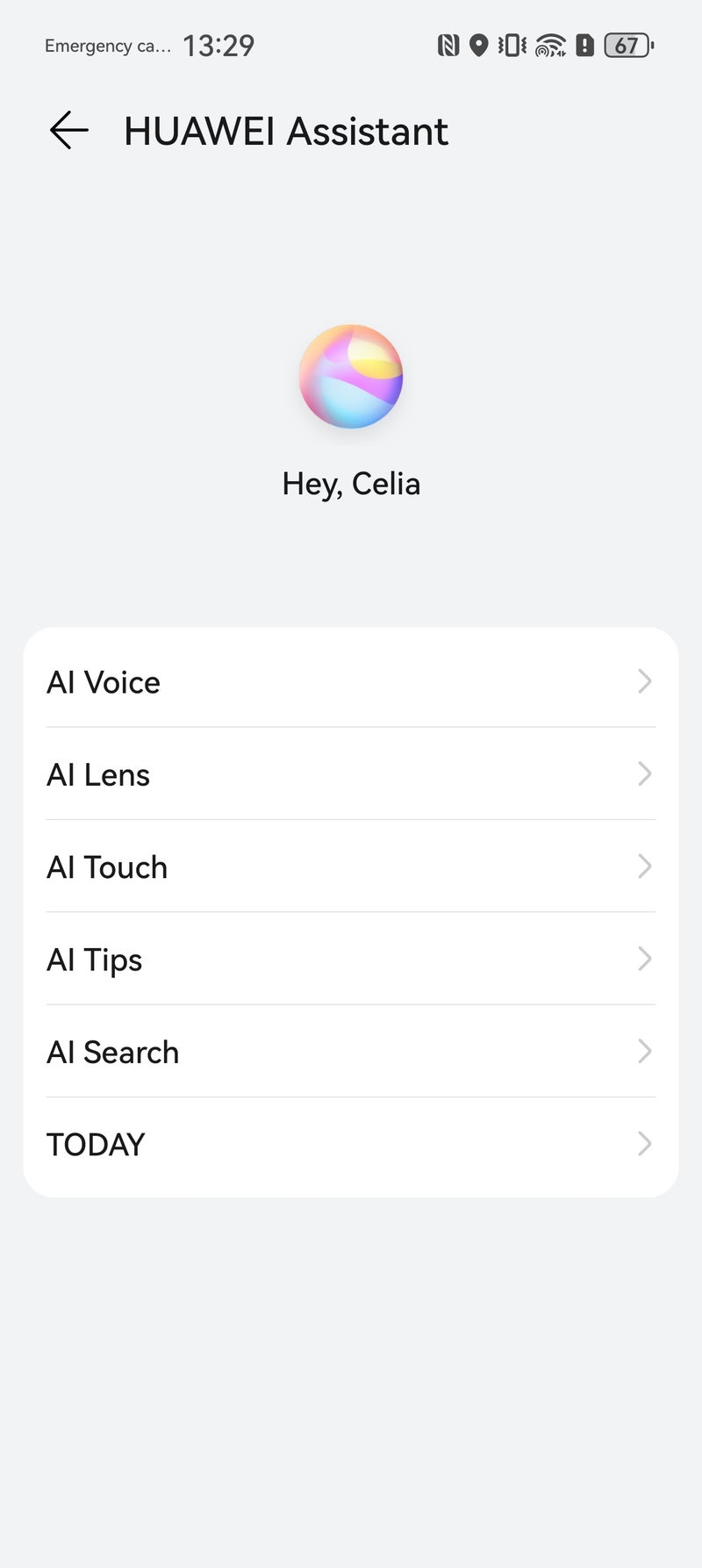
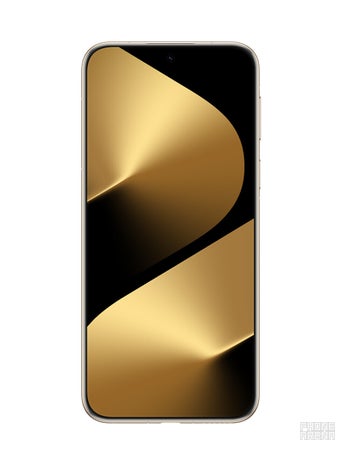

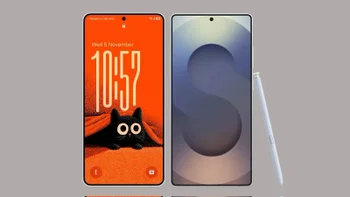
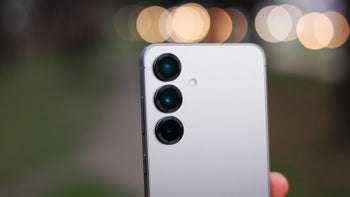
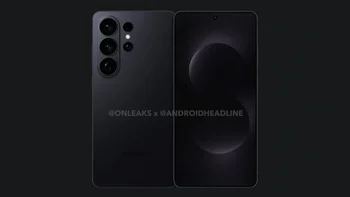
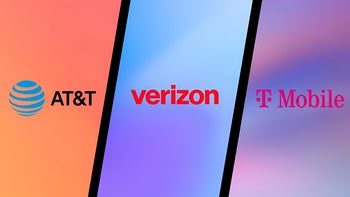
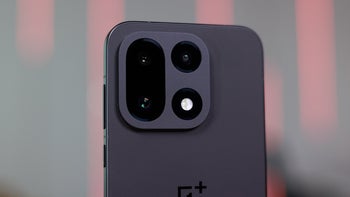

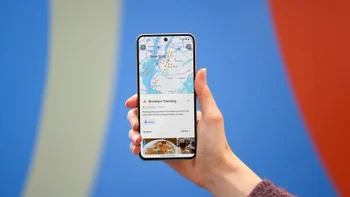
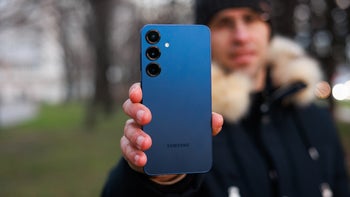

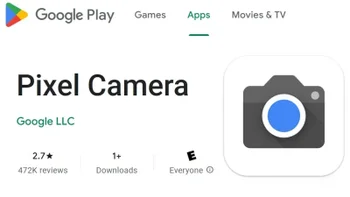
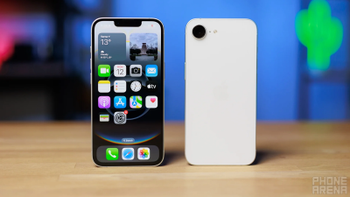
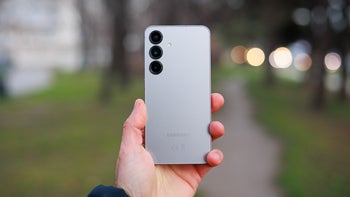
Things that are NOT allowed:
To help keep our community safe and free from spam, we apply temporary limits to newly created accounts: